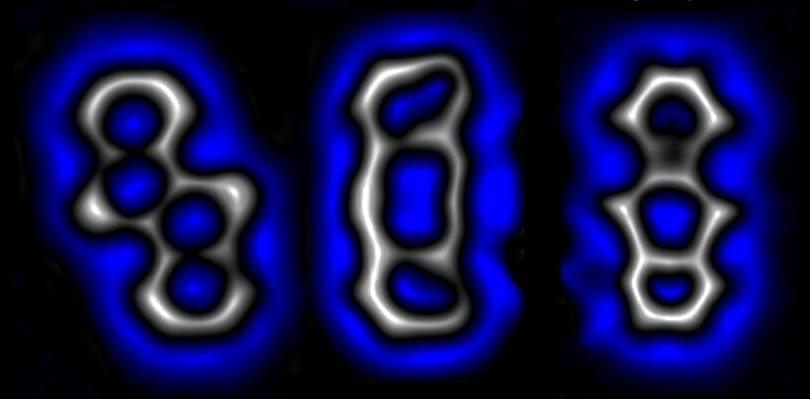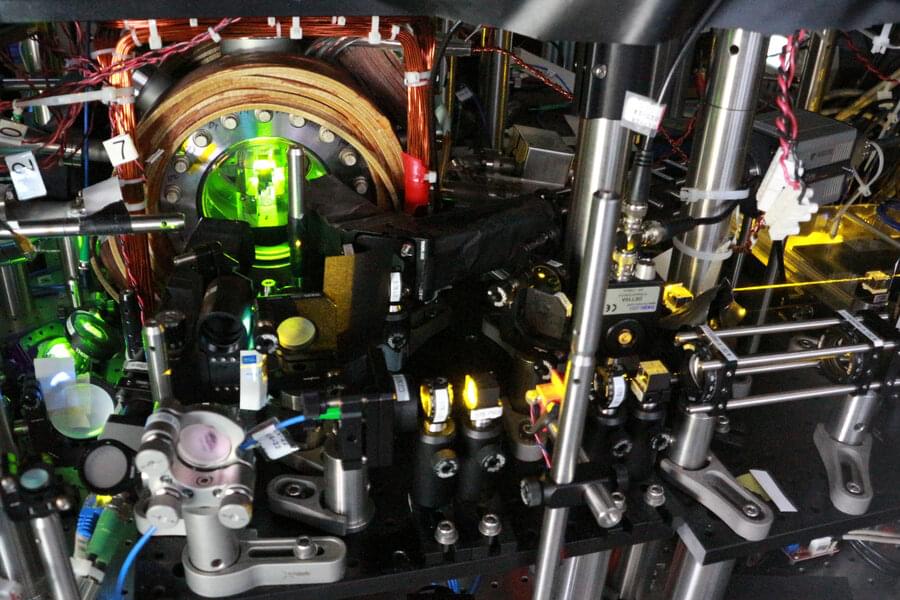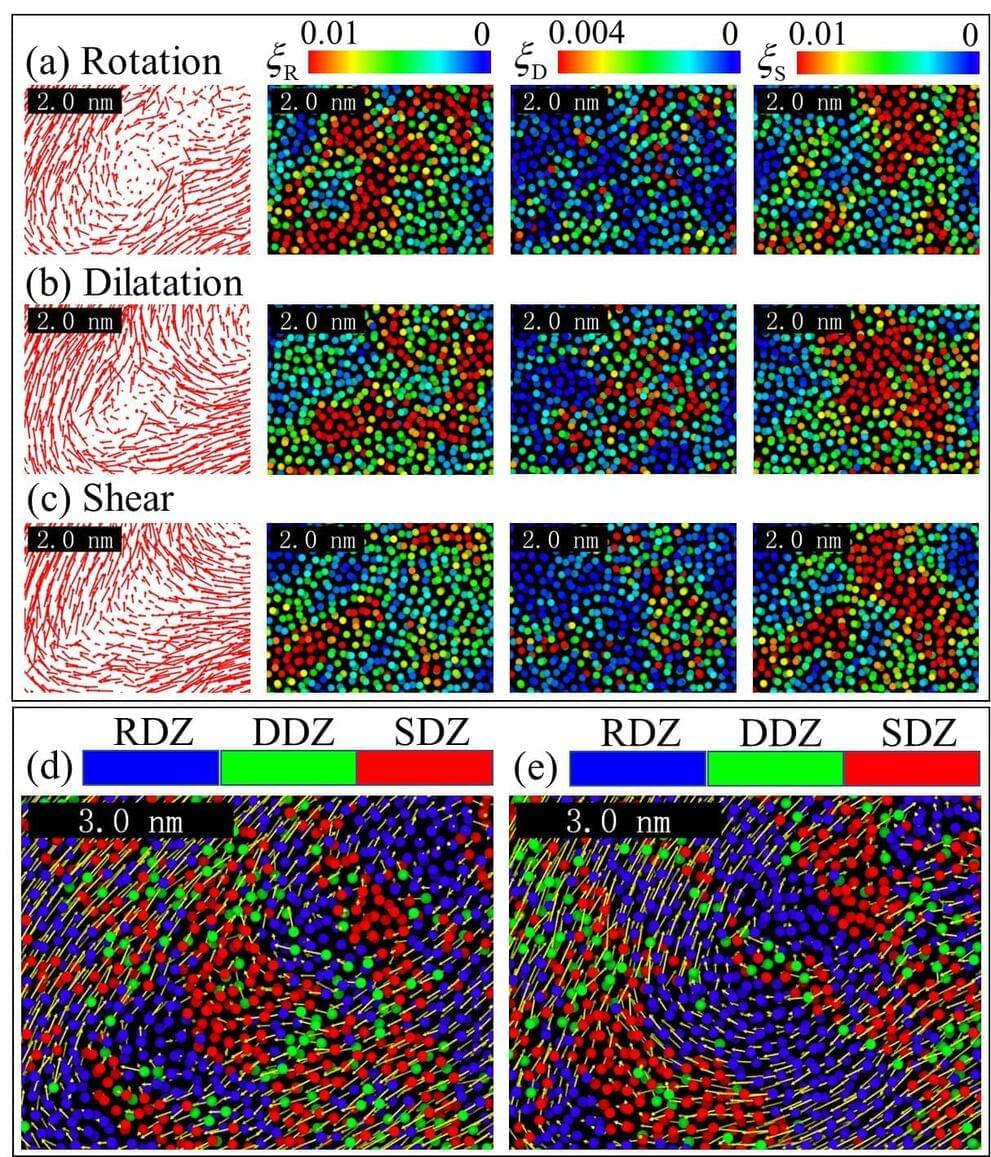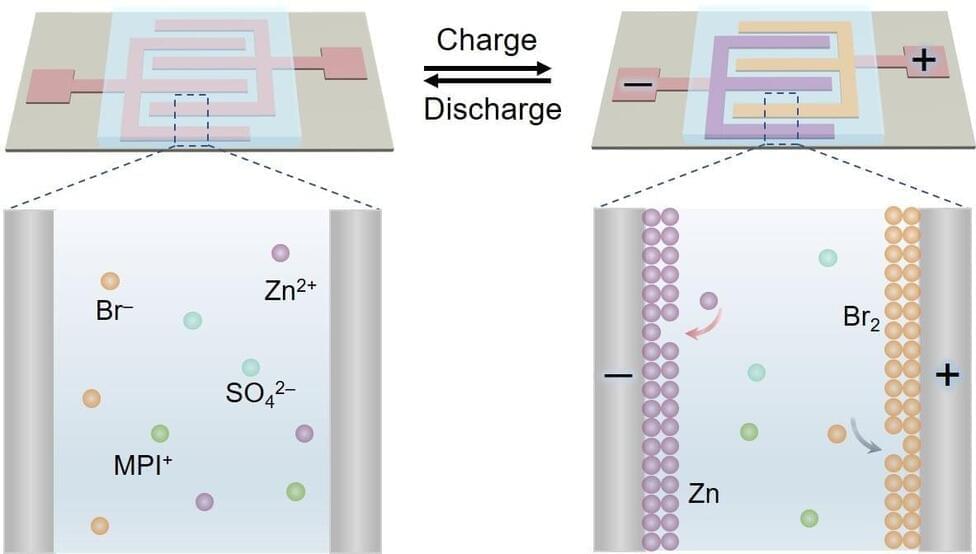Jul 16, 2022
Chemists change the bonds between atoms in a single molecule for the first time
Posted by Saúl Morales Rodriguéz in categories: chemistry, particle physics
A team of researchers from IBM Research Europe, Universidade de Santiago de Compostela and the University of Regensburg has changed the bonds between the atoms in a single molecule for the first time. In their paper published in the journal Science, the group describes their method and possible uses for it. Igor Alabugin and Chaowei Hu, have published a Perspective piece in the same journal issue outlining the work done by the team.
The current method for creating complex molecules or molecular devices, as Alagugin and Chaowei note, is generally quite challenging—they liken it to dumping a box of Legos in a washing machine and hoping that some useful connections are made. In this new effort, the research team has made such work considerably easier by using a scanning tunneling microscope (STM) to break the bonds in a molecule and then to customize the molecule by creating new bonds—a chemistry first.
Continue reading “Chemists change the bonds between atoms in a single molecule for the first time” »

















